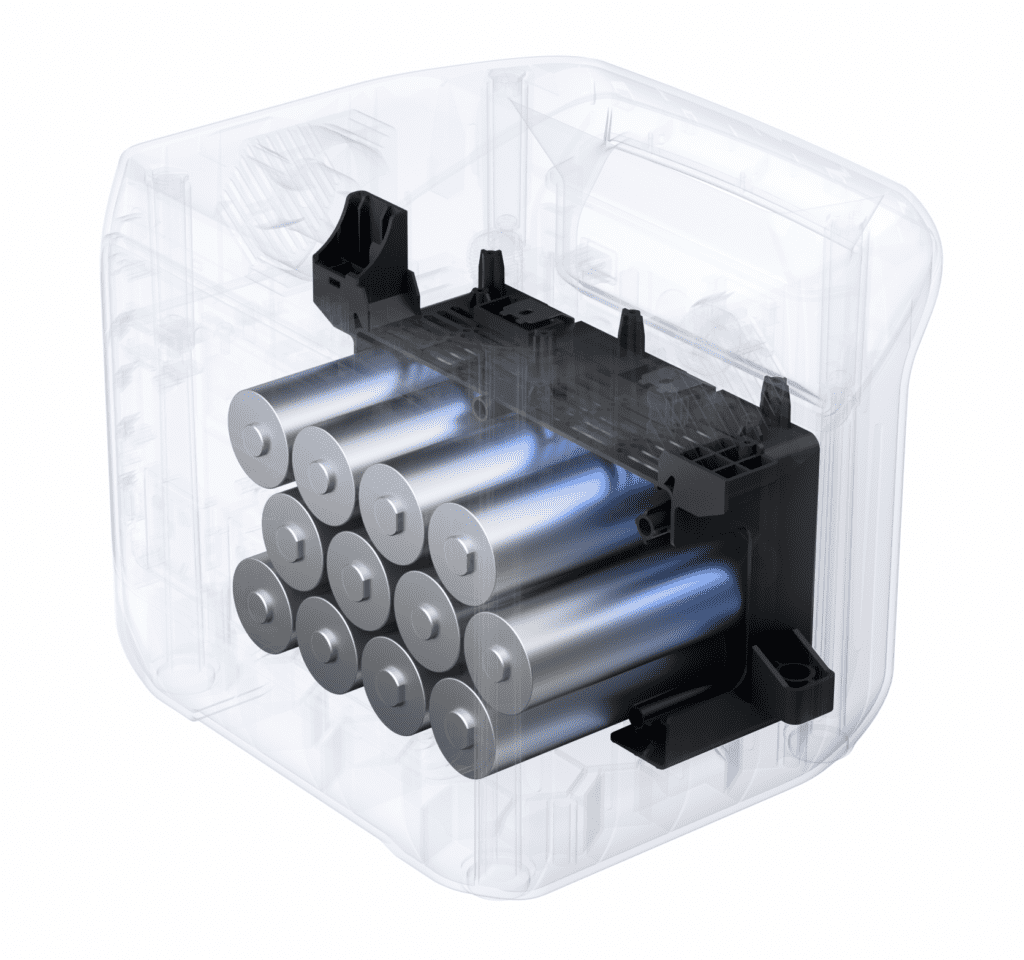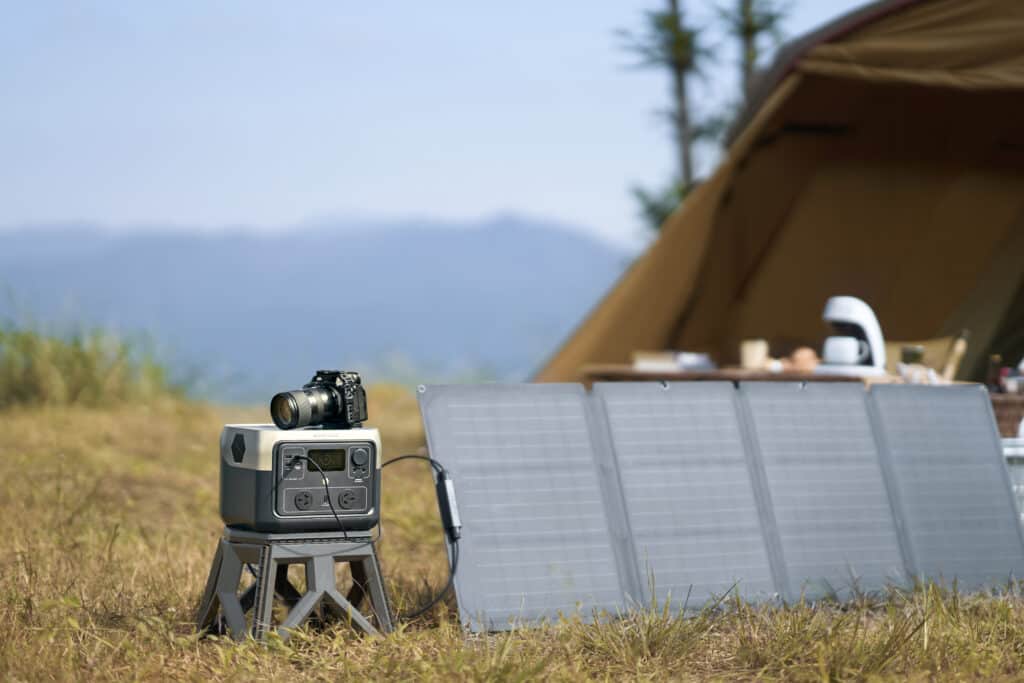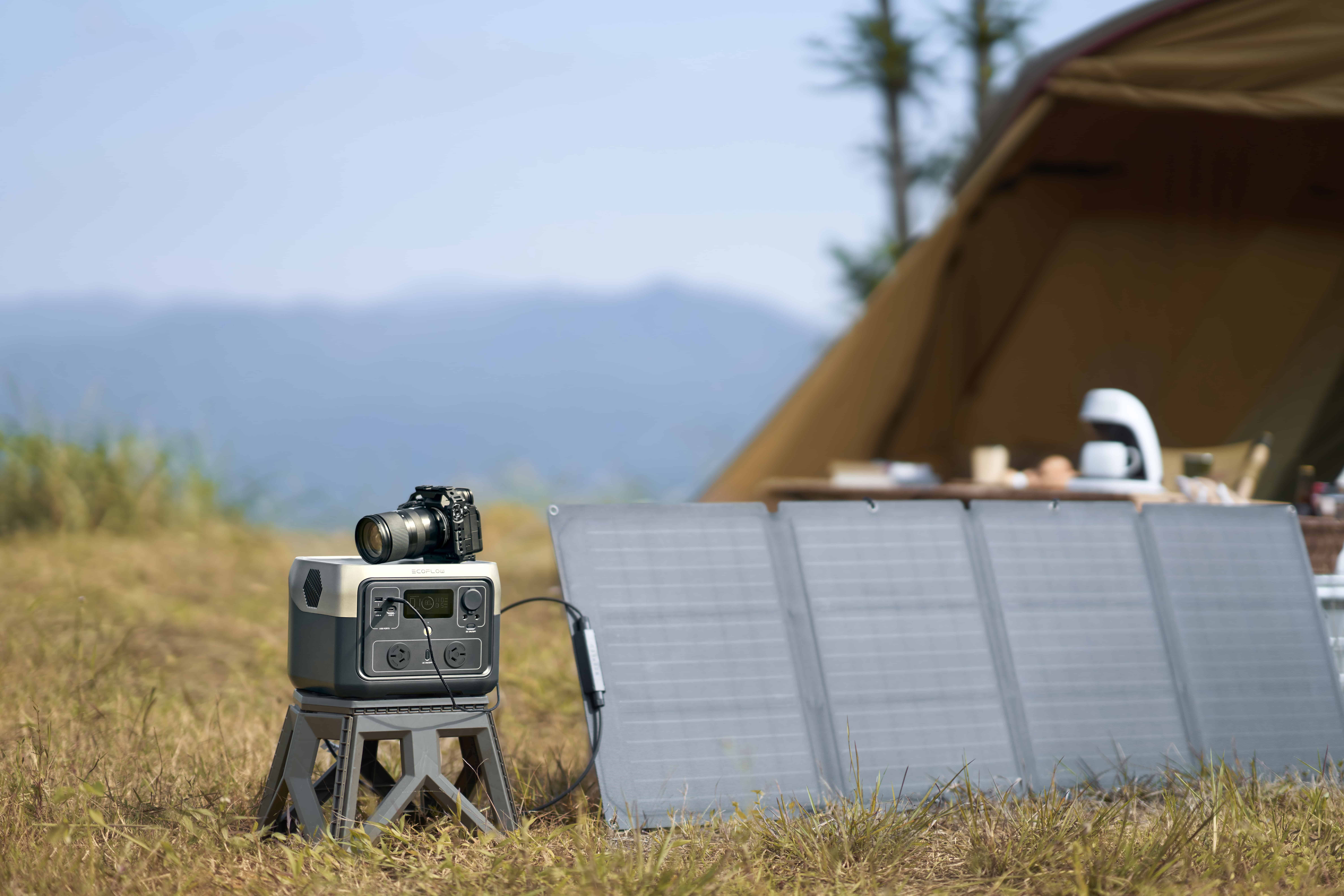Table of Contents
Introduction
As an outdoor photographer, keeping your camera gear charged and ready to go is crucial for capturing those perfect shots. Portable power stations, also known as battery banks, are a great solution for providing power on the go. More photographers are adding portable power stations to their must-have gear list! In this comprehensive guide, we’ll explore the benefits of using portable power stations for camera charging, factors to consider when choosing a portable power station, and specific tips and techniques to ensure effective and safe charging.
Benefits of Portable Power Stations for Camera Charging
Portable power stations can offer a reliable and convenient source of power for charging camera batteries, especially in remote locations. With a sturdy, compact design, portable power stations have become essential gear for outdoor photographers who need to stay powered up in rugged environments. One key advantage of using a portable power station is that it eliminates the need to carry around multiple batteries or search for an electrical outlet. You can charge camera batteries anywhere, anytime, and never have to worry about running out of power. Plus, the latest portable power stations include advanced inverter technology that ensures a clean and stable power output, providing reliable and efficient charging for your camera gear.

Factors to Consider When Choosing a Portable Power Station for Camera Charging
Before investing in a portable power station, it’s essential to consider factors such as power capacity, voltage, input and output ports, weight, size, and price. Choosing the right portable power station will depend on the types of devices you plan to charge and the amount of power required.
Power Capacity:
The power capacity of a portable power station will determine how much charge it can hold, and therefore how many times it can charge your camera battery. As a rule of thumb, look for a portable power station that can hold at least twice the amount of capacity needed to charge your camera. This will ensure that you have enough power to charge other devices and avoid running out of power when you need it most. EcoFlow RIVER 2 is a popular choice among mid-range portable power stations with a battery capacity of 256Wh; it can typically charge a full-frame camera battery around 4-6 times, depending on the camera model and power requirements.
Voltage and Compatibility:
Different camera models require different voltages for charging, so it’s important to check the voltage requirements of your camera battery and confirm that it is compatible with the portable power station.
Input and Output Ports:
Portable power stations come with different types of input and output ports, including AC, DC, and USB. If you have multiple devices to charge, ensure the power station has different ports to accommodate your various devices. The EcoFlow RIVER 2 Series takes it a step further by providing four types of input functions, including solar, AC, car, and USB-C input to offer even more versatile charging options for your devices. This makes it easy to power your photographic equipment with various types of input ports, allowing for fast charging with minimal downtime, whether you’re a professional photographer in the field or an outdoor hobbyist capturing nature’s beauty.
Weight and Size:
The weight and size of the portable power station are important if you plan to carry it in a backpack or other outdoor gear. Be sure to choose a power station that is lightweight and compact enough to fit in your gear without weighing down your load. The EcoFlow RIVER 2, which weighs only 7.7 lbs, is a perfect choice as it features a compact portable design that makes taking travel-friendly power off-grid easier than ever before. It’s 30% lighter than the previous generation, making it a great option for powering all your outdoorsy escapades.
Battery Safety:
Choose a power station with electronic protection features such as overcharge protection, overvoltage protection, and short-circuit protection, to prevent damage to your camera battery. Lithium iron phosphate (LFP) batteries are also a good choice for power stations because they are known for their long cycle life, fast charging, and high energy density. Unlike traditional lithium-ion batteries, LFP batteries are safer due to their more stable chemical composition that mitigates the risk of thermal runaway, making them a reliable and secure power source for your camera gear.

Recharge Time:
Most portable power stations take several hours to charge fully, so consider the amount of time you will have available to recharge the power station and how long it will last based on your needs.
Tips for Efficient and Safe Charging
Charging camera batteries with a portable power station requires some planning and attention to ensure efficient and safe charging. Here are some tips to consider when charging your camera battery with a portable power station:
- Charge Multiple Batteries at Once: To make the most of the power station and ensure the efficient use of energy, charge multiple batteries at once.
- Monitor the Charging Process: Check the charging process frequently to make sure the camera battery is not getting too hot, and it’s charging optimally. Some portable power stations have built-in display screens that show battery status, charge level, and temperature information.
- Avoid Overcharging and Overheating: Overcharging can decrease the lifespan of your camera battery, whereas overheating can damage the battery or cause other complications. Avoid charging the battery for more than needed and protect the power station from extreme weather conditions.
- Get the Correct Charger: Compatible chargers can ensure optimal charging of your camera battery, avoiding damage that can occur with the use of the third-party charger.
- Charge with Solar power: If you’re planning an outdoor adventure, portable solar panels can be an excellent and eco-friendly solution to keep your camera batteries and other devices charged while enjoying the sun.
Additional Uses for Portable Power Stations
Portable power station is a versatile piece of equipment that can power not just your camera gear but many other devices too. Whether you need to power your mobile phone, laptop, or lighting equipment, a power station can keep you connected and working or enjoying outdoor activities for as long as required.
Choosing the Right Portable Power Station for Your Needs
To choose the right portable power station, consider factors such as power requirement, weight, charging time, portability, and price. When it comes to power capacity, choose a power station that can provide at least two to three times the capacity you need, as this will help you avoid running out of power frequently. Look for a power station with a mix of USB, AC, and DC output ports to accommodate your various devices. Also, pay attention to battery safety features, such as overcharge protection and short-circuit prevention.
Building a Portable Power Station Kit
Building a portable power kit can provide a complete power solution that can be customized for your specific needs. Constructing a kit requires consideration of what devices will be used and how much power will be required. Try to get equipment that is compact, lightweight, and easily transportable, and choose a power station that can accommodate your specific devices’ charging needs. For even greater versatility and mobility, you can consider adding a portable solar panel to your kit. This will allow you to harness the power of the sun to recharge your power station and continue charging your devices, making it an ideal solution for extended trips where standard power sources may be limited or unavailable.

Conclusion
A portable power station is a reliable solution for keeping your camera gear powered up while on the go. By choosing the right portable power station and following charging tips, you’ll never have to stop shooting due to a low battery. The range of output ports on many portable power stations means that they can power a variety of gadgets, making them flexible and versatile for various outdoor activities. Take into consideration the particular factors outlined in this article, and choose the best portable power station and accessories to meet your needs.
